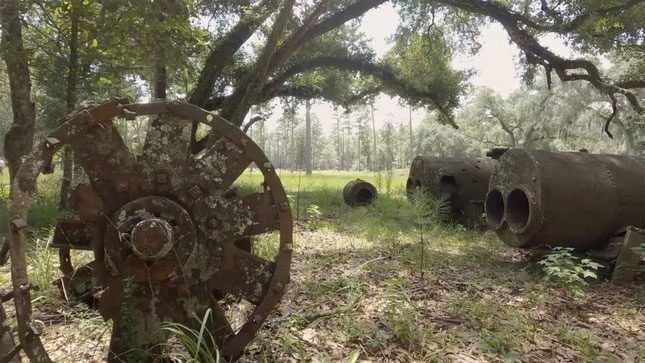Archaeologists and historians have uncovered new insights into the Underground Railroad and the daring individuals who escaped slavery in 19th-century America.
Using technologies such as thermal drones and laser pulses, scientists have observed dense vegetation and underground structures to locate tunnels, which served as hiding places during their perilous journey to freedom.
Many who sought freedom from the brutal system of slavery in America found their path to liberation through a network of secret routes and hidden stations known as the Underground Railroad.

The Underground Railroad, the route to freedom for enslaved individuals in the southern United States during the 19th century.
This escape network operated from around 1830 until the outbreak of the Civil War in 1861, emerging during a brutal period in America when white individuals in Southern states frequently kidnapped, tortured, and enslaved people of African descent and those of Native American descent.
Many details surrounding the Underground Railroad are believed to have been lost. However, recent archaeological discoveries and new analyses of historical archives are shedding light on how individuals forged and navigated these secret paths.
The routes along the Underground Railroad often followed natural waterways as well as man-made roads and trails, leading from enslaved locations in the South to Northern and Western states in America. Freedom seekers also used these routes to escape to Canada, Mexico, Florida, the Caribbean islands, and Europe.
Some destinations of the Underground Railroad have been recognized as historical landmarks, such as the Jackson Homestead in Newton, Massachusetts, and the Bethel AME Church in Greenwich Township, New Jersey.
Cohen, a consultant for new archival resources, stated that in recent years, researchers have identified many direct sources holding valuable information about how people constructed, maintained, and utilized these secret escape routes.





















































